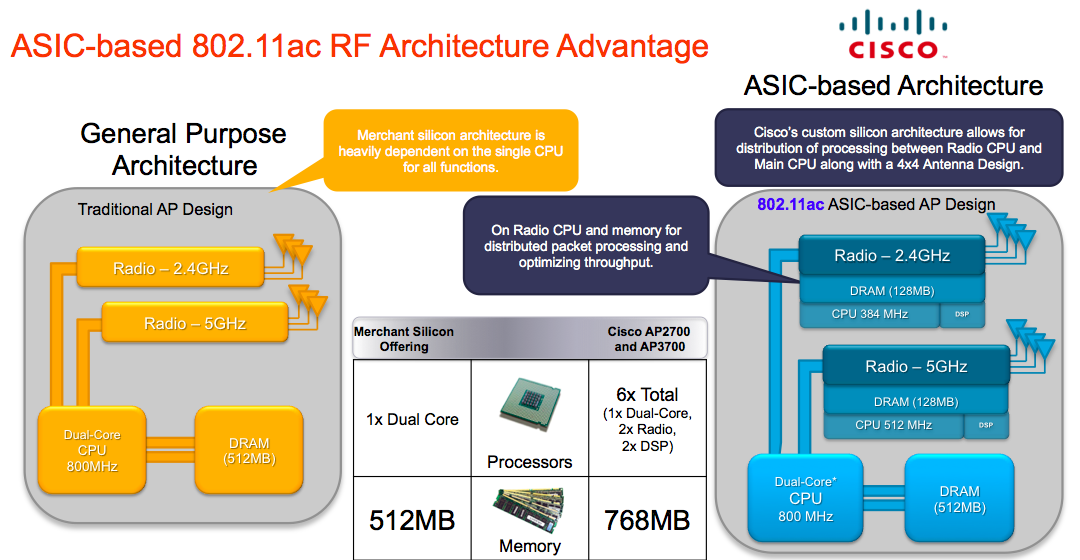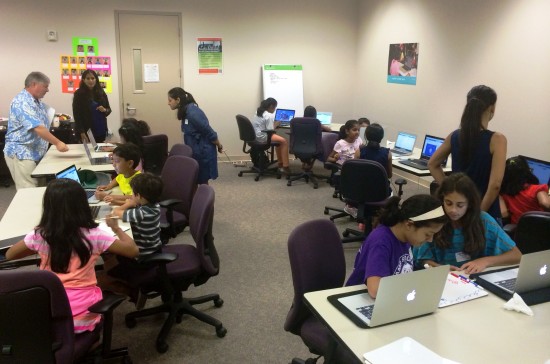As the number of users of social media continues to grow, the boundary between our personal and professional lives begins to overlap. Unsurprisngly, the customer buying cycle is also beginning to change. By the time a prospect has reached out to a sales rep, in most cases they already know what they want because they’ve done their research on social channels, canvassed their peers on community forums and downloaded materials. The social selling strategy leverages the skills and expertise of Ciscos sales reps by giving them the tools and support they need to interact and engage with customers in this new and constantly changing environment.
In part 2 of a 3-part series, Bernard Chiu (@bernardchiu) talks about social selling attribution and unexpected results. Read Part 1: Innovation Starts with Sales for an introduction to the social selling program at Cisco.
Jennifer Roberts (JR): Social Selling can be a difficult concept to define and be more difficult to track. How do you work with the sales organization to create a program that works?
Bernard Chiu: Social Selling is a partnership between Marketing and Sales. We work closely with our sales reps to test what’s working, what’s not, and what makes the most sense for their customers. Their feedback is extremely important as our vision is to create a program that creates business value. We also believe in investing in our reps to help create the sales teams of the future. For example, we are creating web pages that reps can send out to their contacts. We’re also looking at developing videos in the future that can showcase how individuals are innovating in this space. All of these tools are integral in creating a new way to do business.
JR: One of the common complaints about social attribution is that it’s difficult to do. How is the type of tracking working to date?
BC: We worked closely with the revenue team; our initial conversations were around both the best and simplest ways. We needed a method that was pretty easy to adopt as this was a new experience for us and the sales reps. Criteria was that it should only require a one-to-two-clicks and not be too much outside their normal activities.
One concern we had was around defining the difference between Marketing-sourced and Marketing-enabled and what that means for attribution. Marketing-enabled means a sales rep used tools or processes enabled by marketing to reach out. For example, a sales rep can check LinkedIn before calling a prospect but that doesn’t really qualify as social selling. Marketing-sourced was defined as the content—what marketing provided vs. what marketing enabled (i.e. Viewing LinkedIn)—and is considered a part of the social selling process. It’s a blurry distinction but an important one. We want to make sure we are tracking appropriately and only tracking those opportunities that have a strong marketing component.
JR: Any surprises to come out of the recent proof-of-concept?
BC: The biggest surprise has been the types of engagement the sales reps have had on Social. When we first started, we weren’t certain if our customers were really using social media channels. Once we realized that our customers were quite active on social, we became excited about how sales could engage and connect with customers earlier in the buying process. As the proof-of-concept has gone on, we’ve also been surprised by the how innovative our reps are. They are finding new ways to utilize social to find opportunities like syncing their contacts and leveraging groups on LinkedIn. These innovations have created a sense of excitement among our sales team as the processes are being shared with one another.
JR: What are the next steps for Social Selling at Cisco?
BC: By the end of Q4, we will have run a pilot for about 3 quarters. Next steps will be to assess the program’s overall performance: regional differences, technology and other key performance metrics. We’ll use that lens to see what expansion looks like in FY15.
In part 3, Social Selling in Action, Carolyn Charles will talk about rolling the Social Selling program out to EMEAR & APJC.
Jennifer Roberts (@rideboulderco) is a Social Media Marketing Manager and leads the Social Selling program. Bernard Chiu is a Marketing Project Specialist and co-leads the Social Selling program.
Share:





CONNECT WITH US